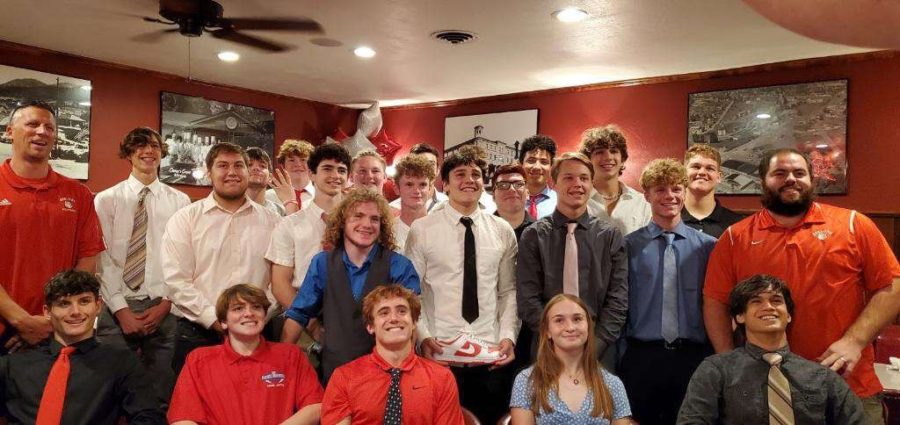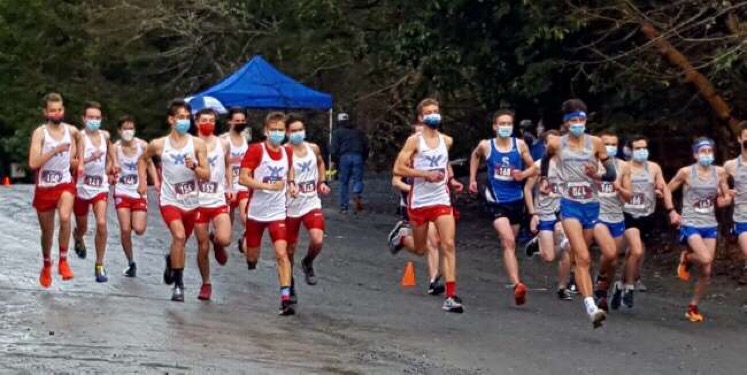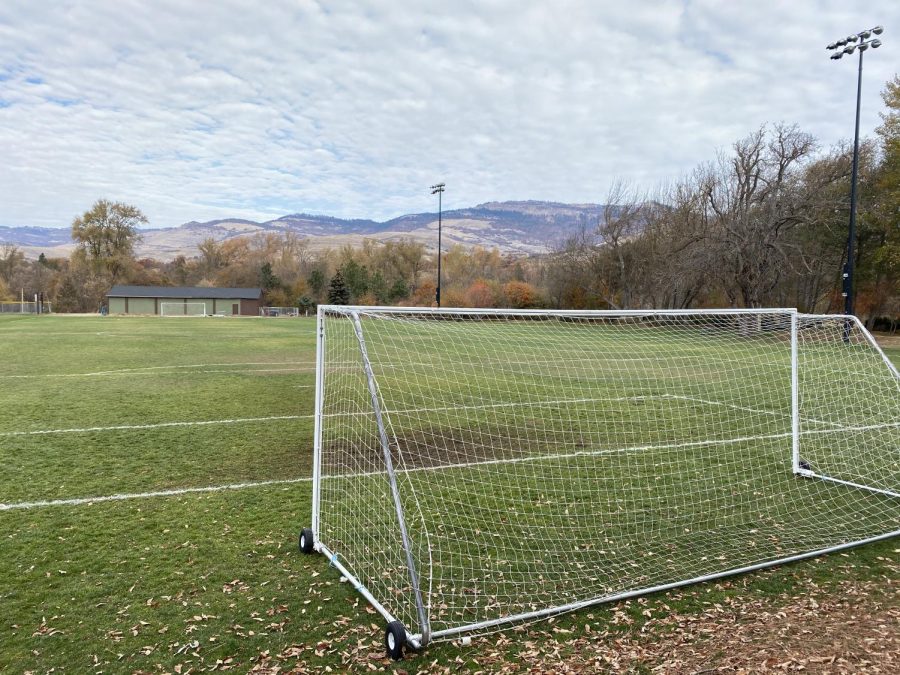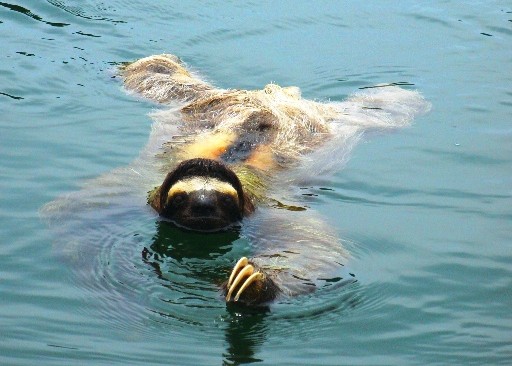Q: Who are your key players?
A: It’s hard to [name] key players, swim is a lot like track; it’s comprised of a whole series of individual events and each one of those individual events generates points towards the team’s score. On varsity we have Miles Furuichi, who is our breaststroker and Gus Simms, who is basically our everything, concentrating on the butterfly and the 500 free this year. We have Alex Sukles, Miles Furuichi and Cole Harding, all partaking in the sprint events, Jake and Luke VanCampen doing the 50, the 100 and the 200. We have Taos Cadarette-Stewart who’s the utility swimmer; I can basically put him in anything. On the girls side we have Madeleine Longshore who is our distance swimmer and sprinter. Emma Frantz who is our breaststroker and who is doing the 200 free. Ada Lawson is our quintessential sprinter. We have a lot of others that are coming up in the ranks, like Grace Geisslinger who is a sprinter, and Sidney Sorensen who is also becoming a good sprinter. Aubrie Georgevitch is pretty much exclusively a breaststroker, and we have Kara Buccino who’s kind of like Taos, she’s a utility swimmer.
Q: Do you foresee anyone pursuing swim after high school?
A: As a matter of fact, Gus Simms is going to Tufts University in Boston. He got early entry and he will be swimming for them.
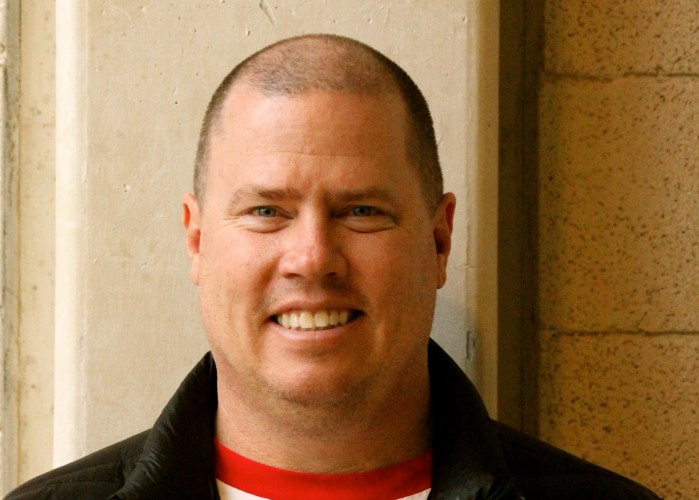
Q: What makes you most proud of your team?
A: We have almost no club swimmers so a lot of the swimmers come in cold to the swim season. We have a water polo season but water polo players don’t necessarily make great swimmers because the water polo stroke is so much different from the swim stroke. Sometimes it’s harder to correct a water polo player than it is a person who has never swam before. But the thing I’ve always been proudest of is that we achieve wins like our second place in state last year and we do that with one club swimmer while we’re going up against teams that are all club swimmers. We have kids that do just amazing things given the fact that we have basically a two-and-a-half or three month season. That’s the thing I’ve always been proudest of, for both boys and girls, is that we have great success, taking an average of 14 kids for state every year, (and usually placing in the top 4 or 5 with the boys, second place is the highest to my knowledge) and we do all that without a year-round program or a pool on campus.
Q: How did the season go overall?
A: I don’t think our boys have lost a head to head meet yet in Southern Oregon. We came in second at the Rogue valley Invite in Grants Pass and third up at the invitational in bend. Otherwise I think our boys are pretty much undefeated here in Southern Oregon. We did really well and we’re pretty consistent. On the girls side even when we lost it was usually only by a couple of points.
Q: What did the team have to work hardest on this year?
A: This year it was commitment. I don’t mean that in a bad way, but since swimming is a winter sport, there are a lot of other things going on. There are a lot of distractions, there’s winter break, there’s thanksgiving break, there’s families wanting to travel, you have finals which knocks us out of commission for a week. A lot of these kids are what I would consider over-achievers. I told them I would be flexible until the end of the season and then I had to be a little greedy and say now it’s my time. It’s always an issue because it’s a tough season but this year in particular, it has been a challenge.
Q: Are you close with your players?
A: I don’t want to be stereotypical, but swimmers are a different breed of athlete. They’re not your run-of-the-mill, muscle bound athlete. Water is what I consider the great equalizer. You can be 20 pounds overweight and not in the greatest shape and still swim faster than a guy that just got off the football field and is cut from head to toe. Because of the proximity of the people in a lane (right now we have 52 kids and we only have 6 lanes) you’re doing your workout very close to these people. You see them hanging out outside of the swimming pool, when they go to the prom you see the whole mob all together. You spend so much time in such close proximity and doing something a lot of people are not comfortable with. There’s a lot of fear that has to be overcome. Getting up on the blocks and diving in, that’s huge for some kids. Your buddies help you through that stuff. I think all those things combined lead to a very tight-knit unit.

